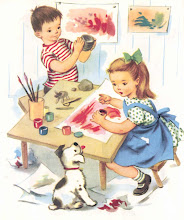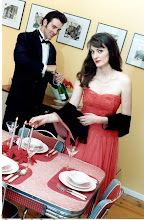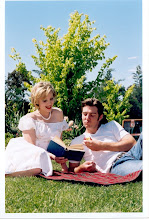What’s not to like about gardens and their history.
The plants they contain provide riches almost
without limit, spanning an astonishing physical, social, and cultural spectrum.
From utility to ornament, their almost inexhaustible patrimony has clothed,
fed, warmed, protected, and inspired humans since the dawn of time.
Gardens have profound significance to
humankind. They have universal value as repositories of cultivated plants,
maintained using the skills of horticulture, and ordered through diverse
processes bound by tradition and innovation. They are intrinsically linked to
organic nature and, through this bond, with the shared biological cycles of
life cycles of humankind.
Such associations have imbued plants and
gardens with rich symbolism, venerated and celebrated in myth and
tradition. Gardens can also ornament,
gratify, and inspire. In short, gardens and their plants are vital to human
survival and spiritual wellbeing
Much more than art and architecture, gardening
and garden-making have an egalitarian basis permitting these pursuits to be
practised by a potential population many times greater than those who create
other art forms. So while the spectacular gardens of Versailles, Stourhead, and
Central Park are iconic destinations for garden lovers, the humble backyard
vegetable patch, funky patio, arty pop-up installation, and tattered nursery
catalogue are all of equal interest to garden historians.
And I’m fortunate to be in the thick of it,
co-editing Australian Garden History
(quarterly journal of the Australian Garden History Society), as author
of books such as Gardenesque, Botanical Riches, The Garden of Ideas and Cultivating Modernism, and a
passionate collector of gardening ephemera (see Brad and Janet above).
In my writing, I love the interaction between
image and text, place and context, author and reader. These are all intimate
and vital links that help place gardens at the forefront of Australian cultural
and social history. Stay tuned.
Richard Aitken
(guest blogger)




























































No comments:
Post a Comment